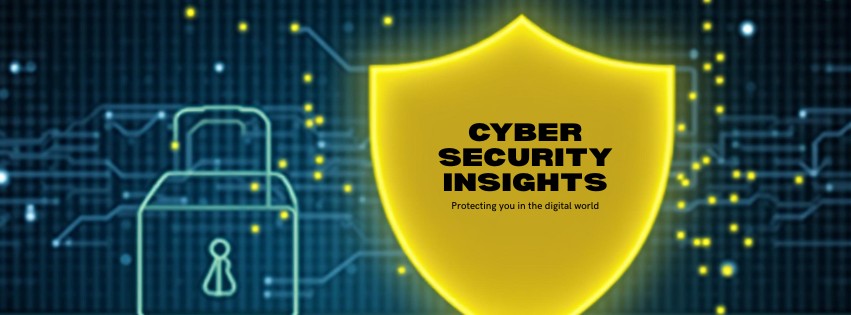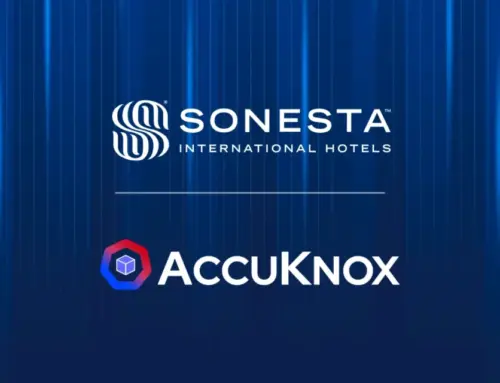
Four Arrested in £440M Cyber Attack on Marks & Spencer, Co-op, and Harrods
Unmasking the Masterminds: Four Arrested in £440M UK Cyber Heist Targeting Retail Giants
A significant breakthrough in the fight against sophisticated cybercrime.
Introduction: The Magnitude of a Coordinated Cyber Assault
In a groundbreaking development that underscores the relentless global fight against cybercrime, authorities have recently apprehended four individuals suspected of orchestrating a staggering £440 million cyber attack. This sprawling digital heist didn’t just target a single entity; it cast a wide net over an array of prominent UK retail institutions, including the venerable Marks & Spencer, the community-focused Co-op, and the luxury icon Harrods. Such incidents serve as stark reminders of the increasingly sophisticated threats businesses face and highlight the paramount importance of robust cybersecurity defenses.
Outline: Decoding the Cyber Attack and Its Aftermath
1. The Targets and the Tremor: Understanding the Impacted Entities
- Marks & Spencer: A cornerstone of British retail, known for its extensive network and diverse offerings.
- Co-op: A consumer cooperative with a significant presence in food, funeral care, and insurance, holding vast amounts of customer and transactional data.
- Harrods: A global symbol of luxury retail, its brand reputation intrinsically linked to perceived security and exclusivity.
- The Collective Vulnerability: How the interconnectedness of supply chains and shared digital infrastructure can create widespread exposure.
2. The Modus Operandi: Unraveling the Attack Vector
- Initial Access: Speculated methods like sophisticated phishing campaigns targeting employees with privileged access or exploiting unpatched software vulnerabilities (e.g., outdated VPNs, unsecured RDP ports). While exact CVEs aren’t publicly detailed for this specific incident due to ongoing investigations, common culprits include CVE-2021-44228 (Log4Shell) or vulnerabilities in widely used enterprise software that allow for remote code execution.
- Lateral Movement: Techniques used to navigate within the compromised networks, often involving credential dumping, abusing legitimate administrative tools, or exploiting internal misconfigurations.
- Data Exfiltration/Ransomware Deployment: The final stage of the attack, focusing on either stealing sensitive data for sale or extortion, or deploying ransomware to encrypt critical systems and demand a hefty ransom. The £440 million figure suggests a combination of financial theft, potential ransom demands, and significant operational disruption.
3. The Breakthrough: The Arrests and Digital Forensics
- Multi-Jurisdictional Cooperation: The likelihood of collaborative efforts between national and international law enforcement agencies (e.g., National Cyber Security Centre (NCSC), Europol, Interpol).
- Attribution Challenges: The difficulty in tracing highly skilled attackers who often use anonymizing techniques and operate from various global locations.
- Digital Breadcrumbs: How forensic analysis of network logs, malware artifacts, and cryptocurrency transactions can lead to perpetrator identification.
4. The Aftermath: Recovering from a Mega-Breach
- Financial Ramifications: Direct losses from theft, cost of remediation, legal fees, regulatory fines, and reputational damage.
- Customer Trust Erosion: The lasting impact on customer perception and willingness to engage with compromised brands.
- Operational Disruption: Business continuity challenges, system downtime, and recovery efforts.
- Regulatory Scrutiny: Investigations by data protection authorities (e.g., ICO in the UK) and potential penalties for non-compliance with data protection regulations like GDPR.
Summarising the Outlines: Key Takeaways from the £440M Heist
This unprecedented cyber attack on retail behemoths Marks & Spencer, Co-op, and Harrods highlights several critical issues facing modern businesses. The targeted entities, each a pillar in its respective sector, underscore that no organization is immune, regardless of size or perceived security posture. The sophisticated modus operandi suggests a multi-faceted approach by the attackers, likely exploiting vulnerabilities in outdated systems or human elements through advanced phishing, followed by meticulous lateral movement within networks before achieving their objectives of data exfiltration or system disruption. The swift arrests of four suspects are a testament to the growing prowess of international cybercrime units and their ability to follow digital trails, even those expertly concealed. For the affected companies, the aftermath involves not only immense financial costs but also the slow and difficult process of rebuilding customer trust, managing operational disruptions, and navigating intense regulatory scrutiny, proving that the true cost of a breach extends far beyond the initial financial exfiltration.
Remediation Actions: Fortifying Your Digital Defenses
- Strengthen Access Control: Implement Multi-Factor Authentication (MFA) across all systems, especially for privileged accounts and remote access (VPNs, RDP). Regularly review and revoke unnecessary access.
- Patch Management Excellence: Maintain a rigorous patch management program, ensuring all operating systems, applications, and network devices are updated promptly to mitigate known vulnerabilities. Automate this process where possible.
- Robust Endpoint Detection and Response (EDR): Deploy advanced EDR solutions to monitor endpoints for suspicious activities, detect fileless malware, and quickly respond to threats.
- Employee Phishing Awareness Training: Conduct regular, realistic phishing simulations and provide ongoing training to employees on identifying and reporting suspicious emails and links.
- Network Segmentation: Divide your network into isolated segments to limit lateral movement if a breach occurs. Critical systems should be on highly restricted segments.
- Regular Data Backups and Recovery Plans: Implement a robust, tested backup strategy with offsite and immutable backups to ensure business continuity even after a ransomware attack. Practice your incident response and recovery plans regularly.
- Proactive Vulnerability Scans and Penetration Testing: Regularly scan your systems for vulnerabilities and engage third-party experts to conduct penetration tests to identify weaknesses before attackers do.
- Incident Response Plan: Develop and regularly update a comprehensive incident response plan. Ensure all key stakeholders understand their roles and responsibilities during a cyber crisis.
Tools to Aid Your Cyber Resilience
| Category | Tool Examples | Purpose |
|---|---|---|
| Endpoint Security | CrowdStrike Falcon, SentinelOne, Microsoft Defender for Endpoint | Advanced threat detection, prevention, and response on endpoints. |
| Vulnerability Management | Tenable Nessus, Qualys, Rapid7 InsightVM | Scanning for vulnerabilities, misconfigurations, and compliance issues. |
| Security Information and Event Management (SIEM) | Splunk, IBM QRadar, Microsoft Sentinel | Centralized logging, real-time analysis of security alerts, threat detection. |
| Identity and Access Management (IAM) | Okta, Duo Security, Microsoft Azure AD | Managing user identities and controlling access to resources, essential for MFA. |
| Security Awareness Training | KnowBe4, Cofense, Proofpoint Security Awareness Training | Educating employees on cybersecurity best practices and phishing awareness. |
| Backup and Disaster Recovery | Veeam Backup & Replication, Cohesity, Rubrik | Ensuring data recoverability after incidents like ransomware attacks. |
Conclusion: A Wake-Up Call for Cyber Resilience
The arrests in connection with the £440 million cyber attack on Marks & Spencer, Co-op, and Harrods serve as a potent reminder for businesses everywhere. In an era where digital assets are inextricably linked to operational success, investing in robust cybersecurity is no longer merely an IT department concern; it is a critical business imperative. The vigilance of law enforcement is increasing, but the primary defense lies within an organization’s own proactive measures: continuous vigilance, employee education, the implementation of cutting-edge security technologies, and a robust incident response framework. It’s not a matter of if a cyber attack will occur, but when. Being prepared is the only true pathway to resilience in the face of evolving cyber threats.
Key Takeaways for Businesses:
- Proactive, Not Reactive: Develop and continuously refine your cybersecurity strategy.
- Human Factor is Key: Employees are your first line of defense; empower them with knowledge.
- Layered Security is Non-Negotiable: Implement multiple security controls (technical and administrative).
- Plan for the Worst: Have a tested incident response plan ready to minimize damage and downtime.
- Stay Informed: Keep abreast of the latest threat intelligence and vulnerabilities.
“`





